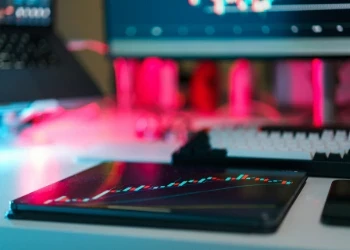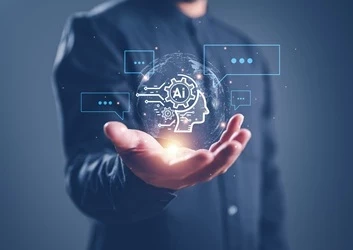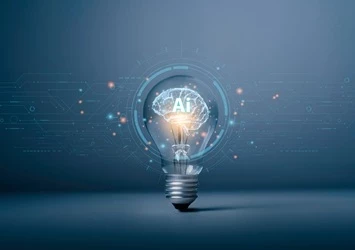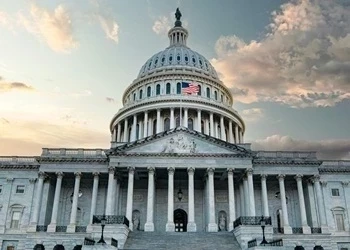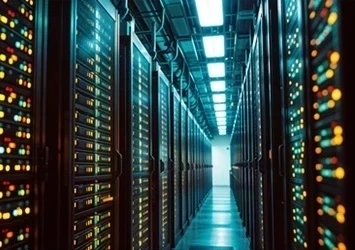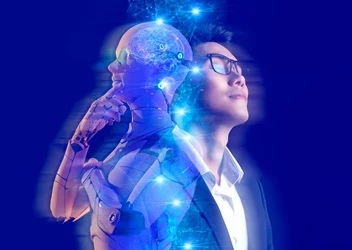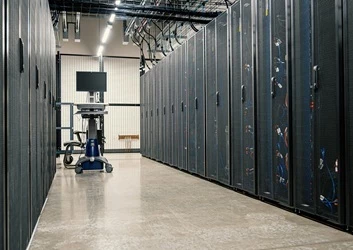Disney World. Theme Park or Massive Data Collection Apparatus?
How Disney World Transforms a Wealth of Visitor Data into “Magical Experiences”
Add bookmark
Over 20 million people visit Disney World each year to experience the “most magical place on earth” with families and friends. Without ever leaving the bounds of the 40 mile park, guests sleep, eat and enjoy the thousands of attractions the park has to offer such as rides, shopping, live entertainment and so on.
However, behind the scenes is a massive data and analytics framework designed to capture visitor behavior data, tracking everything from which rides a person visits to what merchandise they’re purchasing.
Disney’s massive enterprise analytics undertaking began back in 2013 when they introduced their Magic Bands, RFID chip-enabled wristbands guest use as a key to enter their hotel rooms as well purchase items throughout the resort and access the various attractions throughout the resort. Sort of like a wearable key card. While these Magic Bands were introduced to visitors as a means to streamline and enhance their vacation experience, they also allow Disney to track guest activity with an extreme level of precision.
At the same time they unveiled the wristbands, they also invested over $1 billion in a new analytics ecosystem that enables them to capture, process, store and apply this wealth of customer data.
Optimizing Park Logistics with CX Data
One of the main benefits of this vast system is that the data-driven insights harvested from it help Disney optimize park operations. For example, data collected from the wristbands as well as the multitude of IoT sensors and cameras positioned around the resort, Disney World operators can tell which areas are overly crowded. The system can then incentivise customers to move to less congested areas with personalized promotions via the My Disney Experience mobile app based on that individual’s past behavior. Disney can also reallocate staff based on real-time insights.
Using this complex data analytics system, Disney World was able to increase capacity by as much as 30%. In addition, their predictive machine learning algorithms are so precise, they can not only accurately predict where a guest will likely spend the majority of their time, they can also predict preferred dining times for dinner reservations and a child’s favorite Disney character amongst many other things.
In 2019 Disney announced its partnership with analytics provider Hitachi Vantara to expand its operational analytics footprint. As Disney’s “Official Ride and Show Analytics Provider,” Hatachi Vantara has helped them to build a state-of-the-art predictive maintenance system. By combining customer data with historical maintenance data and external data such as weather conditions, Disney can more accurately predict when rides or other resort equipment is likely to breakdown and proactively address the situation.
The Post-Pandemic Disney Experience
Disney's unparalleled approach to customer data analytics has allowed them to optimize everything from personalized marketing messages to the frequency by which they launder character costumes. However, like so many other businesses, Disney World was forced to shutter it’s gates in March 2020 in response to the Coronavirus pandemic. Though Disney World in Florida was able to reopen in July 2020, as of writing, Disneyland and many of the other properties remain closed.
Though Disney is probably months if not years away from matching its peak profits, there’s no doubt that its robust data infrastructure has enabled it to weather the storm so far. When it comes to ensuring social distancing, Disney World’s previous developed crowd flow analytics have been invaluable. In addition, considering they’ve capped capacity at around 35%, using behavioral data to optimize pricing and personalized marketing offers to increase the dollars spent per person has undoubtedly helped them maintain profit margins.
Seeing as though Disney recently announced the elimination of its annual all-access passes, all signs point to an emerging business model that is less about maximizing volume and more about delivering personal value.
Furthermore, in a recent LinkedIn Pulse post, Tilak Mandadi, Executive Vice President of Digital & Global Chief Technology Officer at Disney Parks, Experiences and Products, outlined they’re post-pandemic strategy around building a “connected theme park metaverse.”
As he wrote, “As we look to the future, connected park experiences that transcend the physical and digital barrier and unlock new layers of storytelling are a very exciting focus of ours. I call this concept the “theme park metaverse” – this is where physical and digital worlds converge, with wearables, smartphones and digital access points immersing the guests in the metaverse experiences. These experiences are perennial, and the guest engagement is inside and outside the parks. They are unique to you, but are also social and connected. They are constantly changing so there is always something new to discover.
The metaverse experiences are driven by technologies like computer vision, natural language understanding, AR, AI, and IoT – technologies that, while enabling the experiences, never get in the way of the experience itself.”












